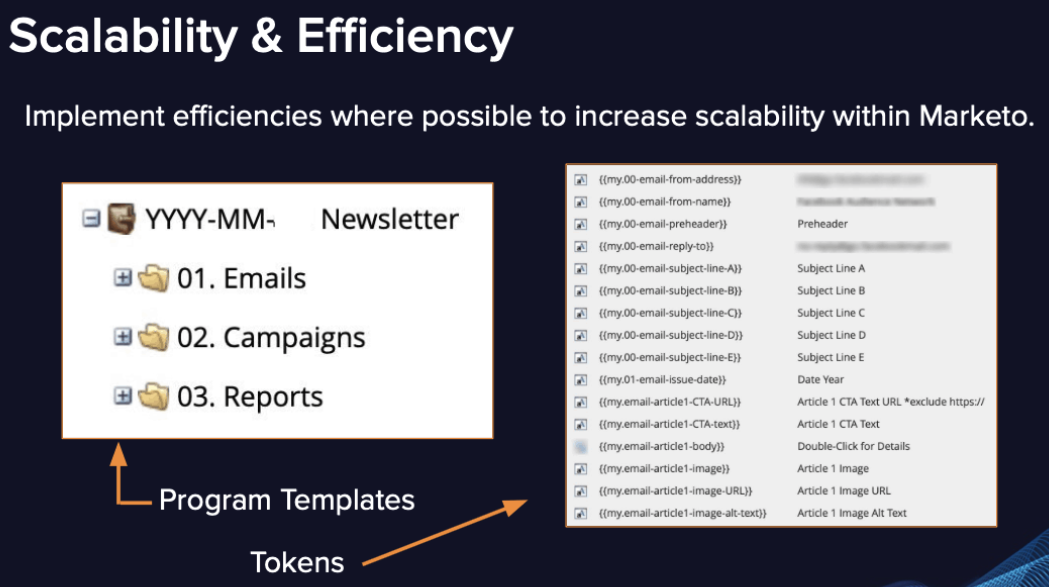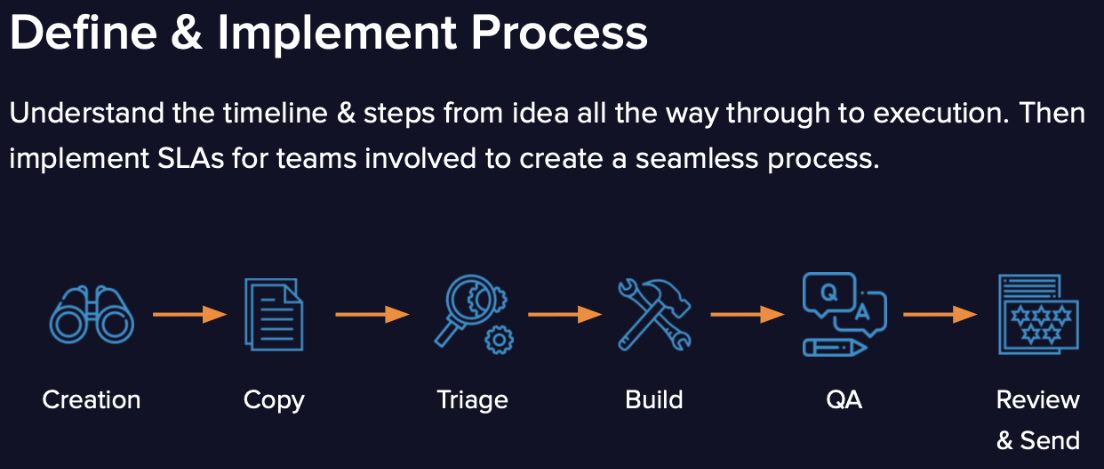Nobody – especially MOPS professionals – likes to make mistakes, but they are an unfortunate reality in complex Marketo campaigns. From typos to tokens not rendering properly, to broken links in campaigns, mistakes in Marketo happen at both big and small organizations alike.
The way in which your organization responds to a mistake – and the steps taken to ensure it doesn’t happen again – could make all the difference moving forward. With the proper testing in place, potentially damaging errors can be caught early on, and their negative consequences mitigated.
If you missed our webcast Error-proofing Your Marketo Instance, Director of Solutions Architecture Justin Norris, and Senior Consultant Anna Leary engaged in conversation around best practices to safeguard your Marketo instance against harmful mistakes. Here, we address the common questions asked during the presentation.
Why We QA to Prevent Marketo Mistakes
When mistakes happen, it impacts customers, revenue, and the credibility of marketing operations professionals.
“We’re testing to make sure that our systems are fulfilling their requirements as consistently as possible,” Justin said. “That’s one of our main jobs as marketing operations – building resilient systems and ensuring they stay that way. If our systems are not correctly configured, we want to know and take ownership as quickly as possible. This affects not only the bottom line of the company but also our personal credibility and credibility of the discipline as a whole.”
To do this, a quality assurance process is a must. This is sometimes overlooked in the rush to get a campaign out the door quickly, but investing time in a QA process could catch obnoxious (and potentially embarrassing) errors before the send. It can also catch equally damaging but less publicly obvious errors that could be compromising your operational programs as a whole.
“Let’s say you’ve got a bunch of really engaged leads coming into the system that sales needs to be reaching out to, and you have a Salesforce sync error or validation rule stopping those records from getting to sales. The resulting consequence is you’re leaving a pile of money on the table – and that pile is getting bigger every day,” Justin cautions. “If we aren’t testing what we’re doing, we can easily push things to production that are not only not solving our problems, but are also making our problems worse.”
So how can we improve? Program templates are your friend, as they allow you to have a pre-QA’d shell for a campaign, saving valuable time and without reinventing the wheel each time. Additionally, using tokens can save you from editing directly in an email, effectively cutting down on formatting errors or broken links.

Triage: The Magic is in the Middle
Mapping out and implementing a clear, defined process should be top of mind when you’re setting up your Marketo instance for success, plus it will enable you to better understand where potential errors may happen. “At Perkuto (now MERGE), we use a six-step process. Outlining timelines from creation to deployment and even implementing SLAs for all teams involved creates a more seamless process,” Anna explained.

She also noted the triage step may seem subtle at first but can yield big gains in catching errors early on in the process.
“Once all of the copy and creative are complete, we recommend a triage step,” Anna said. “So, in using an email campaign as an example, you want to make sure the copy doesn’t have errors, all of the creative assets needed are there, and the URLs in the email are working and correct. If anything doesn’t pass triage it goes back to the previous step to ensure everything is error-free and accurate.”
It’s also important to note that building in some cushion into your timeline is important. If anything does come up in the triage step, for example, you want sufficient time to correct the issue without bottlenecking and throwing the rest of the process off.
Managing Alerts
Another common question asked from the audience: “Is there a way to set up an alert to tell us the value that caused the sync to CRM to fail?”
The answer…it depends. Though currently, it’s not possible to dynamically catch the specific sync error and include it in an alert, with a little creativity and troubleshooting, you can keep your finger on the pulse of these failures.
Anna went on to explain, “One way you could approach it would be to list out the required fields for the sync and use tokens in your email alerts to populate the values. If any are incorrect or missing, that points you to the possible culprit and can help you troubleshoot quicker. If it’s none of those, then you know that you need to look a little deeper.”
Justin added, “This calls to mind a scenario with a client, where they had specific validation rules that we knew could be a cause of failure, so we could check for that specifically.”
With all of this, one thing is clear: the importance of testing. While the list of potential errors (both human and technical in nature) in your Marketo instance can be long and tricky to even identify, the process to catch them can be straight-forward. Construct a process, get buy-in across departments, and stick to the plan. You’ll see the reflection of your added work in the accuracy of your campaign.
Does your organization need help achieving ROI from Marketo? Learn how the Marketo experts at MERGE can help. Contact us today!
Originally published on perkuto.com. Director of Solutions Architecture, Justin Norris, and Senior Consultant, Anna Leary, are no longer with MERGE.
